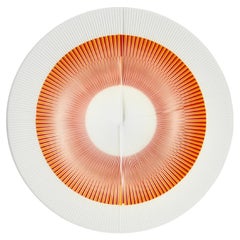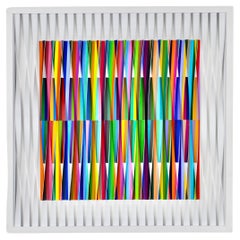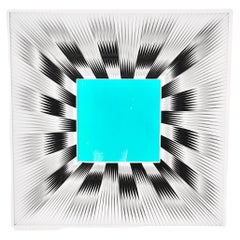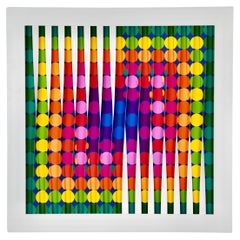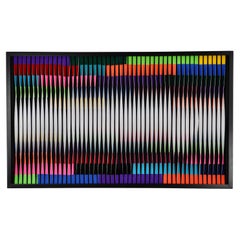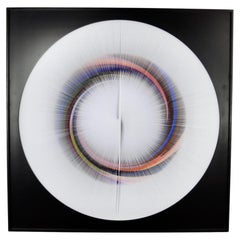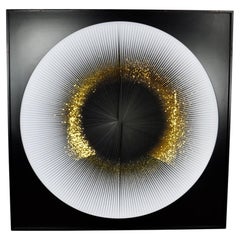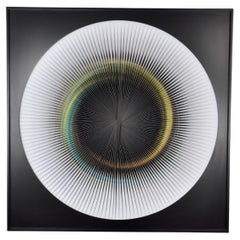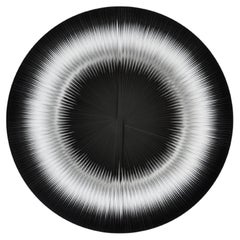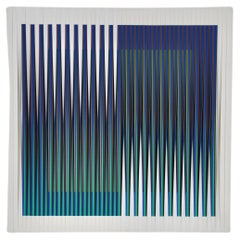Michael Scheers
2010s Belgian Arts and Crafts Painted Furniture
Canvas, Paper
2010s Belgian Space Age Painted Furniture
Canvas, Paper
2010s Belgian Arts and Crafts Painted Furniture
Canvas, Paper
2010s Belgian Arts and Crafts Painted Furniture
Canvas, Glass
2010s Belgian Arts and Crafts Painted Furniture
Canvas, Paper
2010s Belgian Space Age Painted Furniture
Canvas, Paper
2010s Belgian Arts and Crafts Painted Furniture
Metal, Chrome
2010s Belgian Arts and Crafts Painted Furniture
Canvas, Paper
2010s Belgian Space Age Painted Furniture
Canvas, Paper
2010s Belgian Arts and Crafts Painted Furniture
Canvas, Paper
2010s Belgian Arts and Crafts Painted Furniture
Canvas
2010s Belgian Arts and Crafts Painted Furniture
Canvas
2010s Belgian Arts and Crafts Painted Furniture
Canvas
2010s Belgian Arts and Crafts Painted Furniture
Canvas
2010s Belgian Space Age Painted Furniture
Plastic
2010s Belgian Arts and Crafts Painted Furniture
Canvas
2010s Belgian Arts and Crafts Painted Furniture
Canvas, Paper
Recent Sales
2010s Belgian Arts and Crafts Painted Furniture
Canvas, Paper
2010s Belgian Arts and Crafts Painted Furniture
Canvas, Glass
2010s Belgian Arts and Crafts Painted Furniture
Canvas, Paper
2010s Belgian Arts and Crafts Painted Furniture
Canvas, Glass
2010s Belgian Arts and Crafts Painted Furniture
Metal, Chrome
2010s Belgian Arts and Crafts Painted Furniture
Canvas, Paper
People Also Browsed
2010s Mexican Brutalist Wall-mounted Sculptures
Wood
2010s Mexican Brutalist Contemporary Art
Wood
2010s Mexican Brutalist Contemporary Art
Wood
20th Century Czech Photography
Paper
21st Century and Contemporary Mexican Brutalist Decorative Art
Wood
Vintage 1970s American Mid-Century Modern Dressers
Walnut
1990s Op Art Abstract Prints
Lithograph
Late 20th Century Kinetic Abstract Prints
Lithograph
Vintage 1950s Italian Mid-Century Modern Wall Lights and Sconces
Metal, Brass
2010s Contemporary Color Photography
Photographic Paper, Polaroid, Color, C Print, Archival Paper
20th Century Czech Photography
Paper
21st Century and Contemporary Kinetic Abstract Prints
Lithograph
Mid-20th Century Finnish Mid-Century Modern Screens and Room Dividers
Pine
2010s Abstract Paintings
Photographic Paper
20th Century Czech Photography
Paper
21st Century and Contemporary Kinetic Abstract Prints
Metal
Michael Scheers For Sale on 1stDibs
How Much are Michael Scheers?
A Close Look at Arts-and-crafts Furniture
Emerging in reaction to industrialization and mass production, the Arts and Crafts movement celebrated handcrafted design as a part of daily life. The history of Arts and Crafts furniture has roots in 1860s England with an emphasis on natural motifs and simple flourishes like mosaics and carvings. This work is characterized by plain construction that showcases the hand of the artisan.
The earliest American Arts and Crafts furniture dates back to the start of the 20th century. Designers working in this style in the United States initially looked to ideas put forth by The Craftsman, a magazine published by Wisconsin native Gustav Stickley, a furniture maker and founder of the Craftsman style. Stickley’s furniture was practical and largely free of ornament. His Craftsman style drew on French Art Nouveau as well as the work he encountered on his travels in England. There, the leading designers of the Arts and Crafts movement included William Morris, who revived historical techniques such as embroidery and printed fabrics in his furnishings, and Charles Voysey, whose minimal approach was in contrast to the ornamentation favored in the Victorian era.
American Arts and Crafts work would come to involve a range of influences unified by an elevation of traditional craftsmanship. The furniture was often built from sturdy woods like oak and mahogany while featuring details such as inlaid metal, tooled leather and ceramic tiles. The style in the United States was led by Stickley, whose clean-lined chairs and benches showcased the grain of the wood, and furniture maker Charles Rohlfs, who was informed by international influences like East Asian and French Art Nouveau design.
Hubs in America included several utopian communities such as Rose Valley in Pennsylvania and the Byrdcliffe Arts and Crafts Colony in New York, where craftspeople made furniture that prioritized function over any decoration. Their work would influence designers and architects including Frank Lloyd Wright, who built some of the most elegant and iconic structures in the United States and likewise embraced a thoughtful use of materials in his furniture.
Find antique Arts and Crafts chairs, tables, cabinets and other authentic period furniture on 1stDibs.
Finding the Right Painted-furniture for You
Vintage, new and antique painted furniture enhances a room through patterns, blocks of color and ornamental flourishes. Decorating furniture with paint was especially prominent in the 18th and 19th centuries in the United States when folk artists used chairs, chests, tables and cupboards as their canvases. Although a later trend involved stripping antique pieces of their paint, early American homes were vivid with furniture painted in an array of colors.
The practice of painting furniture has a rich heritage, with remnants of pigment identified on a 12th-century painted chair from Sweden. It has come in and out of fashion over time — in the design of 17th-century Mannerist furniture, paint was lightly used to enhance carved ornamentation, and painted furniture gained popularity with designers working in the chinoiserie style, as 18th-century European artisans mimicked Chinese lacquer in furniture motifs. In France in the 18th century, furniture was lavishly painted or gilded in gold.
Now painted furniture is popular for pieces that are both utilitarian and works of art. A color from a pattern can inform the whole design of a room, or, as bold and saturated tones are in vogue, a vibrantly adorned piece can be a bold focal point. Muted palettes can contribute to an air of calm for a study or bedroom while bright reds, yellows or blues can enliven a dining room or living room.
On 1stDibs, find a variety of vintage, new and antique painted furniture to match any space or taste.
